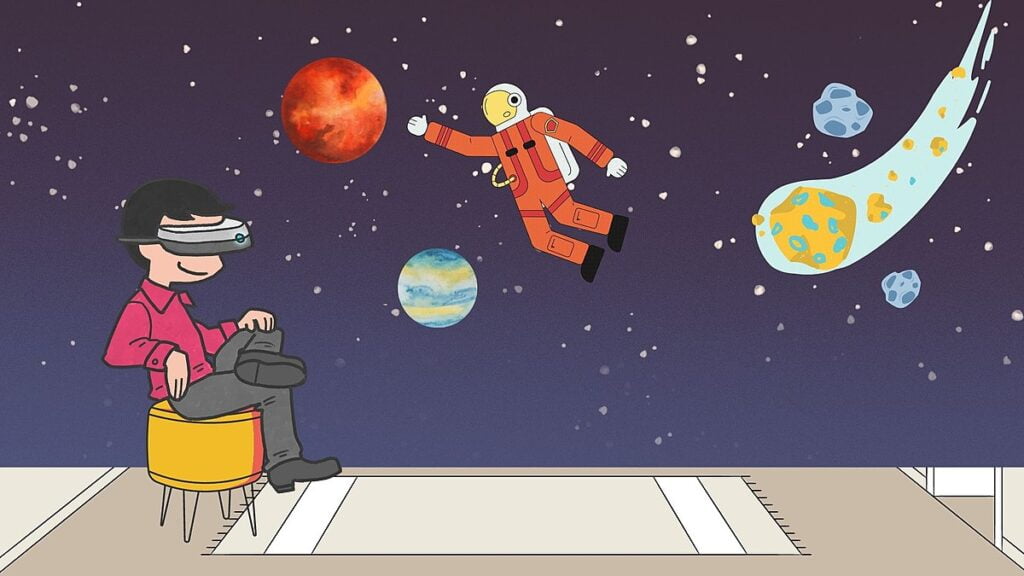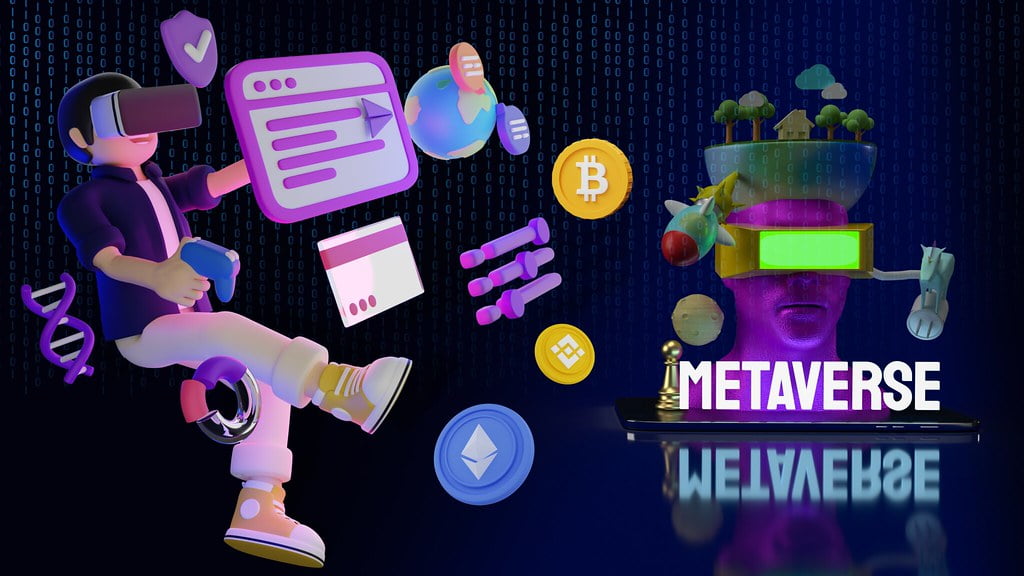Introduction:
The digital landscape is evolving at an unprecedented pace, and at the forefront of this transformation is the concept of the “metaverse.” The metaverse represents a new era of digital interaction, where virtual and physical realities merge, creating immersive and interconnected digital worlds. From entertainment and social interaction to commerce and education, the metaverse is poised to revolutionize how we experience the digital realm. In this blog, we’ll delve into the metaverse, exploring its definition, potential applications, challenges, and the exciting journey ahead.
Defining the Metaverse:
The metaverse can be described as a collective virtual shared space, created by the convergence of physical and digital realities. It encompasses augmented reality (AR), virtual reality (VR), and mixed reality (MR) technologies, enabling users to interact with digital environments and each other in real time. The metaverse goes beyond traditional 2D screens, offering a multi-dimensional, immersive experience where users can explore, socialize, work, and play.
Applications Across Industries:
- Entertainment and Gaming: The gaming industry has been a pioneer in metaverse development, with virtual worlds like Fortnite and Roblox providing platforms for users to interact, create, and engage. The metaverse amplifies gaming experiences, offering endless possibilities for immersive gameplay, collaborative adventures, and virtual events.
- Social Interaction: Social media platforms are evolving to incorporate metaverse elements. Users can engage with friends, colleagues, and strangers in virtual spaces that simulate real-world interactions. This can include attending virtual parties, concerts, and conferences.
- Commerce and Retail: The metaverse has the potential to revolutionize e-commerce by enabling virtual shopping experiences. Consumers can browse, try on virtual clothing, and interact with products in a simulated environment before making purchase decisions.
- Education: The metaverse can transform education by providing immersive learning environments. Students can explore historical eras, conduct virtual science experiments, and collaborate with peers globally, enhancing engagement and understanding.
- Work and Collaboration: Remote work and collaboration tools can be taken to the next level in the metaverse. Virtual offices and meeting spaces can foster more dynamic interactions, allowing colleagues to brainstorm, present, and collaborate in a spatial context.

Challenges and Considerations:
While the metaverse holds immense promise, there are challenges that need to be addressed:
- Technical Complexity: Creating a seamless metaverse experience requires sophisticated technologies, including VR/AR devices, high-speed internet, and powerful computing resources.
- Privacy and Security: As interactions become more immersive, data privacy and security concerns are paramount. Protecting user information and ensuring safe interactions within the metaverse is crucial.
- Interoperability: To realize the full potential of the metaverse, different virtual worlds and platforms must be interoperable. Establishing common standards will be vital to enabling seamless interactions across environments.
- Digital Inclusivity: Ensuring equitable access to the metaverse is essential. Efforts should be made to bridge the digital divide and provide opportunities for all users, regardless of their economic or geographical background.
The Future of the Metaverse:
The metaverse is still in its infancy, but its potential impact is monumental. As technology advances, we can expect:
- Enhanced Realism: Advancements in graphics and computing power will lead to more immersive and realistic experiences within the metaverse.
- Personalized Experiences: AI and data analytics will enable the creation of personalized virtual environments that adapt to users’ preferences and behaviors.
- Economic Opportunities: The metaverse will create new economic models, from virtual real estate and digital art marketplaces to virtual job opportunities and entrepreneurship.
- Blurred Boundaries: The lines between virtual and physical realities will continue to blur, leading to more seamless integration of the metaverse into our daily lives.
Conclusion:
The metaverse represents a paradigm shift in how we interact with digital content and each other. It’s a dynamic space where innovation and creativity collide, offering new ways to learn, socialize, work, and explore. While challenges exist, the potential benefits of the metaverse are vast and transformative. As technology continues to evolve, the metaverse promises to redefine our relationship with digital environments and pave the way for the next era of digital interaction. The journey ahead is exciting, and we’re only scratching the surface of what the metaverse can offer.

